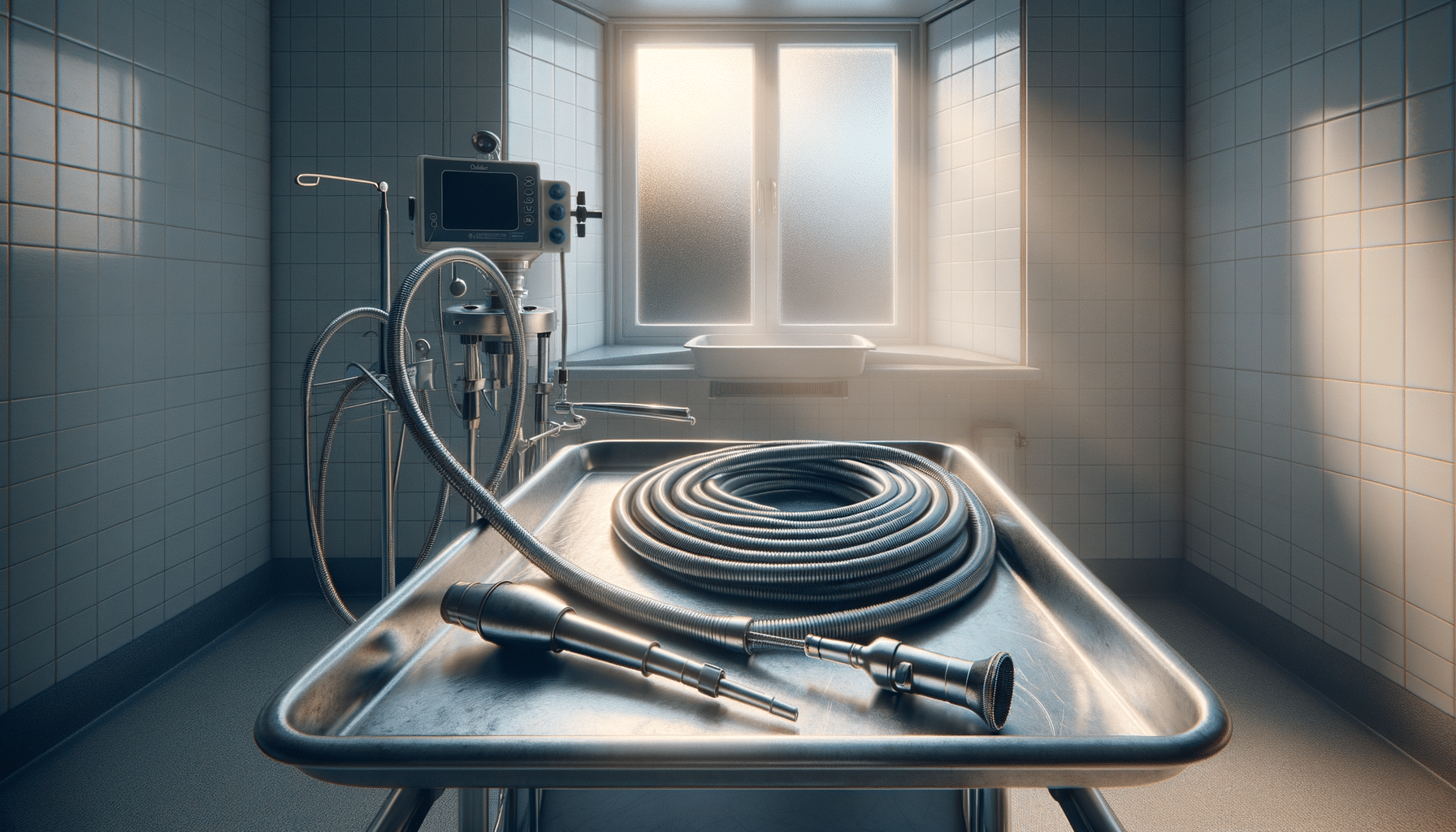
Important Insights About Colonoscopies
Introduction to Colonoscopy
Colonoscopy is a medical procedure that has become indispensable in the early detection and prevention of colorectal cancer. This examination allows doctors to view the inner lining of the colon and rectum, using a flexible tube equipped with a camera. Understanding the significance of this procedure can help demystify the process for many and highlight its role in maintaining gastrointestinal health.
The importance of colonoscopy lies in its ability to identify abnormalities such as polyps, which can potentially develop into cancer if left untreated. Regular screening is recommended for individuals over the age of 50, or earlier for those with a family history of colorectal issues. This proactive approach is crucial as it enables the removal of polyps before they turn malignant, significantly reducing the risk of cancer development.
In this article, we will explore various aspects of colonoscopy, including its procedure, benefits, preparation, and potential risks. By providing a comprehensive understanding, we aim to alleviate any apprehensions one might have about undergoing a colonoscopy.
The Procedure: What to Expect
Undergoing a colonoscopy might seem daunting, but knowing what to expect can ease any anxiety. The procedure typically begins with the administration of a sedative to ensure the patient is relaxed and comfortable. Once the sedative takes effect, the doctor gently inserts a colonoscope through the rectum into the colon.
The colonoscope is a thin, flexible tube that allows the doctor to examine the colon’s lining in detail. It also has channels for instruments to remove polyps or take tissue samples if necessary. The entire procedure usually takes about 30 to 60 minutes.
- A camera at the tip of the colonoscope transmits images to a monitor, enabling the doctor to identify any irregularities.
- If polyps are found, they can be removed during the procedure, preventing potential cancer development.
- Patients may experience mild cramping or bloating due to air introduced into the colon for better visibility.
After the procedure, patients are monitored until the sedative wears off. It’s advisable to have someone accompany you, as driving post-procedure is not recommended. Understanding these elements can help patients approach their colonoscopy with informed confidence.
Benefits of Colonoscopy
The benefits of undergoing a colonoscopy extend beyond cancer prevention. This procedure is a vital diagnostic tool for various gastrointestinal conditions. For individuals experiencing symptoms such as unexplained weight loss, chronic abdominal pain, or rectal bleeding, a colonoscopy can help identify the underlying cause.
One of the most significant advantages is its ability to detect and remove polyps before they become cancerous. This preemptive measure drastically reduces the incidence of colorectal cancer, which is one of the leading causes of cancer-related deaths worldwide. Furthermore, studies have shown that regular screenings can lower the mortality rate associated with colorectal cancer by up to 68%.
Colonoscopy also provides an opportunity for doctors to assess the overall health of the colon. Conditions such as Crohn’s disease, ulcerative colitis, and diverticulitis can be diagnosed and monitored through this procedure, allowing for timely and effective treatment.
Preparation for Colonoscopy
Proper preparation is crucial for a successful colonoscopy. It ensures that the colon is clean, providing a clear view for the doctor. Preparation usually begins a day or two before the procedure and involves dietary restrictions and bowel cleansing.
Patients are typically advised to follow a clear liquid diet, avoiding solid foods, dairy products, and anything with red or purple dye. Hydration is essential, so drinking plenty of clear fluids like water, broth, and tea is encouraged.
- A laxative or bowel preparation solution is usually prescribed to clear the colon. This is often taken the day before the procedure and may involve consuming a large volume of liquid.
- Patients should also inform their doctor of any medications they are taking, as some may need to be adjusted or stopped prior to the colonoscopy.
- It’s important to follow the preparation instructions carefully to ensure the colonoscopy is effective and to avoid having to repeat the procedure.
By adhering to these guidelines, patients can help ensure a smooth and successful colonoscopy experience.
Potential Risks and Considerations
While colonoscopy is generally safe, like any medical procedure, it carries some potential risks. Understanding these risks can help patients make informed decisions and discuss any concerns with their healthcare provider.
The most common risks include reactions to the sedative, bleeding from biopsy sites or polyp removal, and in rare cases, perforation of the colon wall. Although these complications are uncommon, it’s important to be aware of them.
After the procedure, patients may experience minor discomfort such as bloating or cramping, which usually resolves within a few hours. It’s crucial to follow post-procedure instructions and report any severe symptoms to a doctor immediately.
Patients with certain health conditions or those taking specific medications may have additional considerations. Therefore, a thorough discussion with the healthcare provider is essential to tailor the procedure to individual needs and minimize risks.
Conclusion: Embracing Preventive Health
Colonoscopy plays a pivotal role in preventive health, particularly in the fight against colorectal cancer. By understanding the procedure, its benefits, and preparation, individuals can approach it with confidence and clarity. Regular screenings not only prevent cancer but also contribute to overall gastrointestinal health by diagnosing and managing other conditions.
As with any health-related decision, informed choices and open communication with healthcare providers are key. Embracing colonoscopy as a preventive measure can significantly enhance one’s quality of life and peace of mind.


